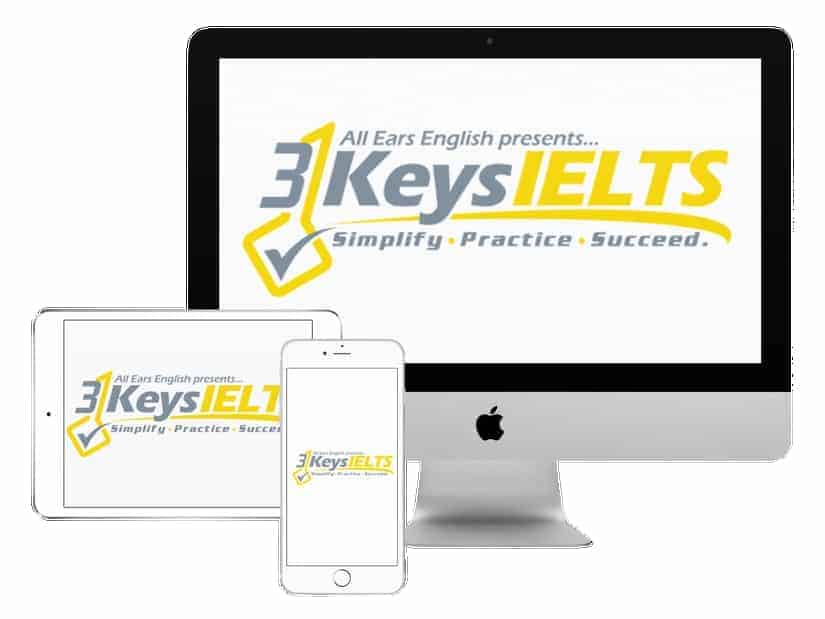Pronouns may be tiny but they are super important!
Today we’ll share 3 ways you need to watch out for pronouns on the IELTS Reading exam.
Listen in for these vital strategies!
What is a pronoun?
Anything that replaces a noun in a sentence is a pronoun.
There are many different types of pronouns.
- Personal pronouns
- Place pronouns
- Subject pronouns
- Object pronouns
- Relative pronouns
- Demonstrative pronouns
When looking for answers on the IELTS Reading exam, you will sometimes need to look for pronouns.
We’ll share which question types require this today.
Additionally, we’ll give you sample questions so you understand this strategy.
#1: Personal pronouns
Personal pronouns replace a name.
- He
- She
- They
You will need to watch for these on Matching Names to Statements questions.
Example:
Brown notes that one’s metabolism is largely based on genes. She went on to say that while exercise does help, it is not the deciding factor.
- Brown – Thinks that working out helps, but is not the main way to be slim.
In the question above, the answer is not right by the name ‘Brown.’
Instead, the answer is in the next question with the personal pronoun ‘she.’
This is often the case!
Be sure to read the sentence after names for this question type.
The answer might be in the following sentence.
This sentence might also contradict information that is directly next to the name.
Strategies Created By a Former Examiner

100% Score Increase Guarantee with our Insider Method
Are you ready to move past IELTS and move forward with your life vision?
Find out why our strategies are the most powerful in the IELTS world.
When you use our Insider Method you avoid the BIGGEST MISTAKES that most students make on IELTS.
Click here to get a score increase on IELTS. It’s 100% guaranteed!
#2: Place pronouns
The pronoun ‘there’ will often replace the name of a place.
This occurs often on Matching Places to Statements questions.
Example:
The York house is in Massachusetts. There, it is nestled among a unique grove of trees.
- The York house is in a small forest.
For the question above, you can see that the answer isn’t in the same sentence as the place name ‘York house.’
Instead, it’s in the next sentence after the pronoun ‘there.’
Be sure to read the sentence that follows each name!
#3: Demonstrative pronouns
This type of pronoun could also be important for both of the question types mentioned above.
Additionally, they could be vital for finding answers to T/F/NG and Y/N/NG questions.
- This
- That
Example:
Mr. Thomas added to the knowledge bank as well with his novel network ideas for creating the internet. So, this was not invented by one person, but a collective effort of numerous individuals.
- Mr. Thomas invented the internet. (F)
In the question above, you can see that the answer isn’t right next to the keyword ‘Mr. Thomas.’
Once again, it’s vital to read the following sentence.
In this case, if you don’t, you’d likely think the answer was ‘True.’
However, the next sentence clarifies that it is ‘False.’
Takeaway
Pronouns are often the key to finding answers on IELTS Reading.
This is a strategy we teach in our online IELTS course, 3 Keys IELTS.
Be sure to always read the next sentence when you find a keyword.
Additionally, look for pronouns.
These are always key words as they replace names and places.
For all the strategies you need on the exam, sign up for 3 Keys IELTS!
What questions do you have from today’s episode?
Please leave a comment below.








